Chili Pepper in Japanese Cuisine: A Spicy Symphony of Flavor
Introduction: When the East Meets Heat
If you think Japan is all about sushi, green tea, and polite silence, you might be surprised to learn that chili peppers have quietly sneaked into the Land of the Rising Sun’s culinary culture. While not as notoriously spicy as Thai or Mexican cuisine, Japanese food has its own way of turning up the heat — with style, subtlety, and a surprising punch!
Why You Should Care About Chili Peppers in Japanese Food
- They add depth without overwhelming flavor.
- They’re used in traditional dishes and modern fusion eats.
- Knowing your shichimi from your ichimi can make you look like a total foodie genius.
Table 1: Common Japanese Chili Peppers & Their Uses
| Name | Heat Level (SHU) | Common Use |
|---|---|---|
| Karashi (from mustard seeds) | ~50,000 | Dipping sauces, especially with tonkatsu |
| Ichimi Togarashi | ~80,000 | Ramen, udon, and miso soup |
| Shichimi Togarashi | Varies | General seasoning blend with chili, orange peel, sesame seeds, etc. |
| Bhut Jolokia (Ghost Pepper) - Modern Fusion | >1,000,000 | Spicy ramen, burgers, and specialty dishes |
1. Know Your Japanese Pepper Types Like a Pro
The first step to mastering chili pepper in Japanese cuisine is understanding the key players. Unlike the raw jalapeño or habanero found in Western kitchens, Japanese chilies are often dried, ground, or blended into pastes and spice mixes.
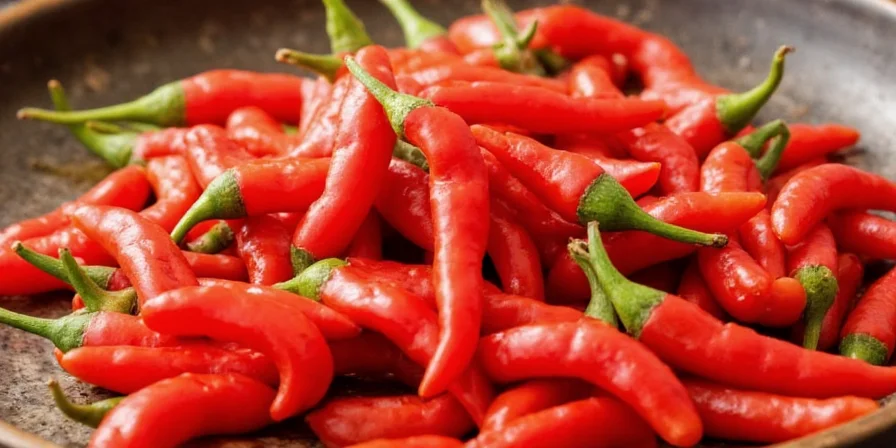
Ichimi Togarashi vs. Shichimi Togarashi: The Great Debate
- Ichimi = One flavor, pure chili powder.
- Shichimi = Seven spices, chili included, plus sansho pepper, seaweed, and more.
2. Don’t Skip Karashi — The Secret Weapon of Japanese Condiments
Karashi isn't technically a chili pepper — it's made from mustard seeds — but its pungent kick is often mistaken for chili heat. Used in dishes like tonkatsu and oden, it warms you from the inside out without setting your mouth on fire.
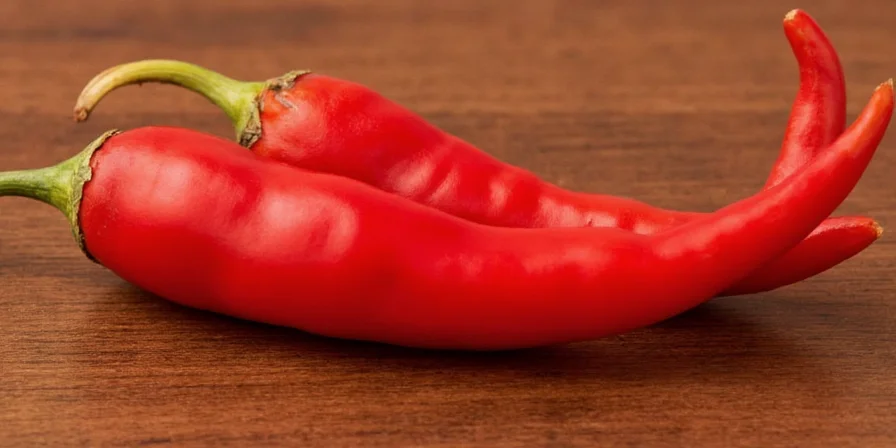
3. Upgrade Your Ramen Game with a Pinch of Ichimi
A dash of ichimi togarashi can transform your bowl of ramen from “meh” to “mad respect.” Add it to taste while your noodles are still steaming. Bonus points if you can pronounce it correctly after three bowls.
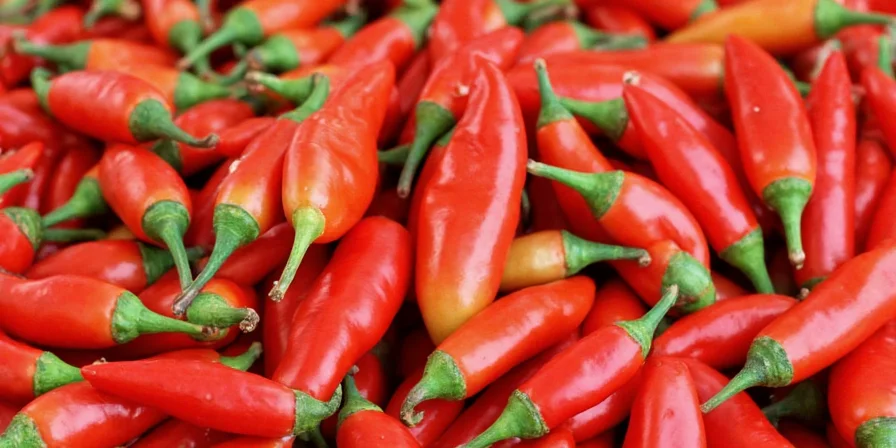
4. Embrace Shichimi in Everyday Cooking
Shichimi togarashi is like the Swiss Army knife of Japanese spices. Whether you're dusting grilled meats, adding flair to tempura dipping sauce, or jazzing up your popcorn, this seven-spice blend brings balance and complexity.
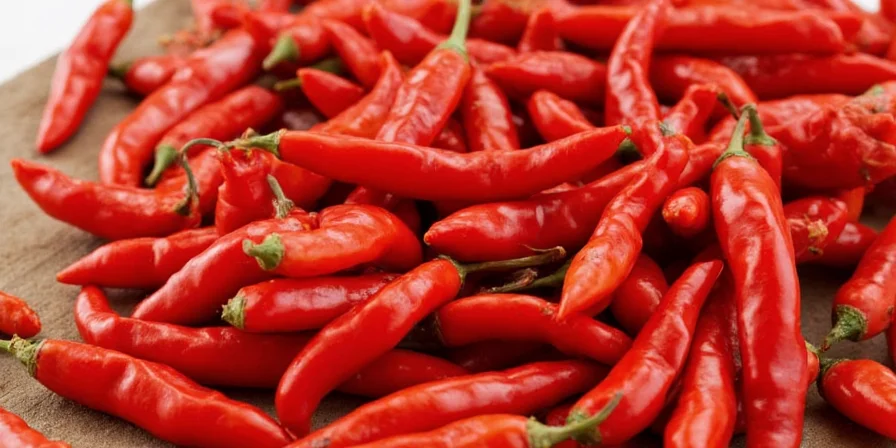
5. Try Ghost Pepper Infusions — For the Brave
In major cities like Tokyo and Osaka, chili lovers are experimenting with super-hot peppers like Bhut Jolokia (ghost pepper). These are showing up in everything from yakitori sauce to soft serve ice cream. Yes, really.
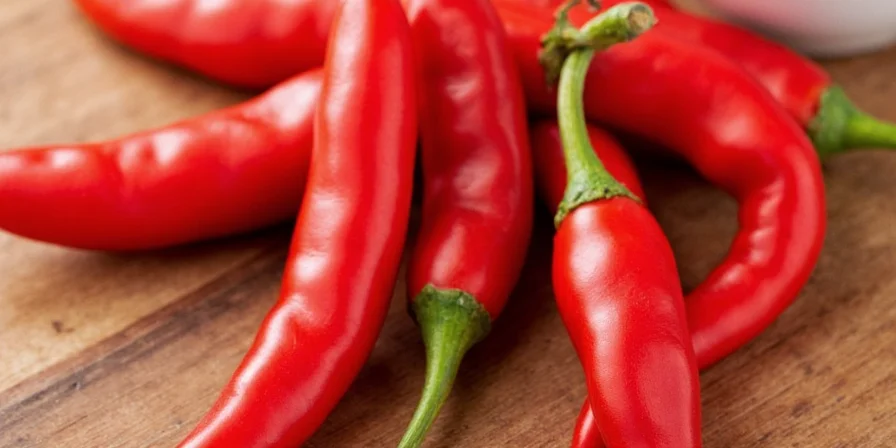
6. Store Your Chilies Properly — Keep the Fire Alive
Proper storage is key to keeping your chilies potent and fresh. Here’s how to do it right:
- Dried chilies: Store in an airtight container away from light and moisture.
- Powders: Same as above, but keep them away from strong odors (they absorb smells easily).
- Pepper paste: Refrigerate after opening.
7. Pair Chilies with Umami — Magic Happens
Japans’ love affair with umami means chilies are often paired with ingredients like miso, soy sauce, and kombu. This combination enhances both the savory depth and the perceived heat — it’s science, baby!
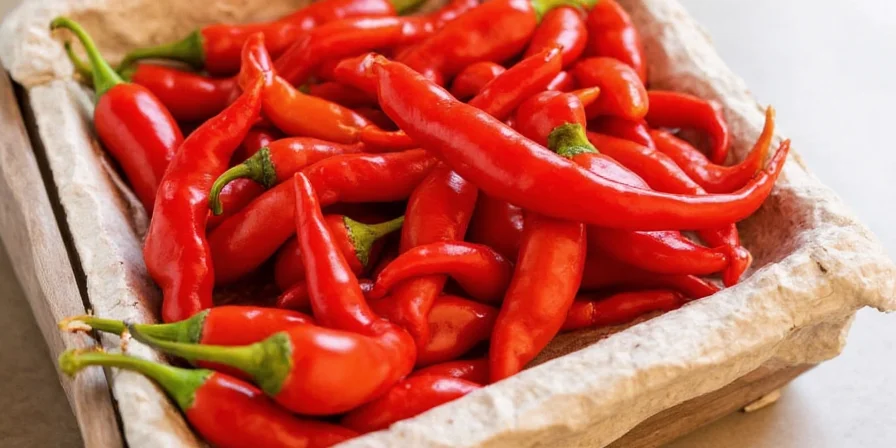
Conclusion: Spice Up Your Sushi Nights (Yes, Even with Chili!)
While Japanese cuisine may not scream “spicy,” don’t let that fool you. From classic blends like ichimi and shichimi togedashira to bold modern takes using ghost pepper, chili peppers play a subtle yet significant role in elevating flavor profiles across the archipelago. Whether you're a professional chef or a home cook with a love for heat, learning to wield these fiery seasonings can turn your Japanese cooking game from bland to brilliant — one pinch at a time.
So go ahead — embrace the burn. After all, in the words of every hot-headed foodie ever: if you can’t stand the heat… maybe you just need a better chili strategy!

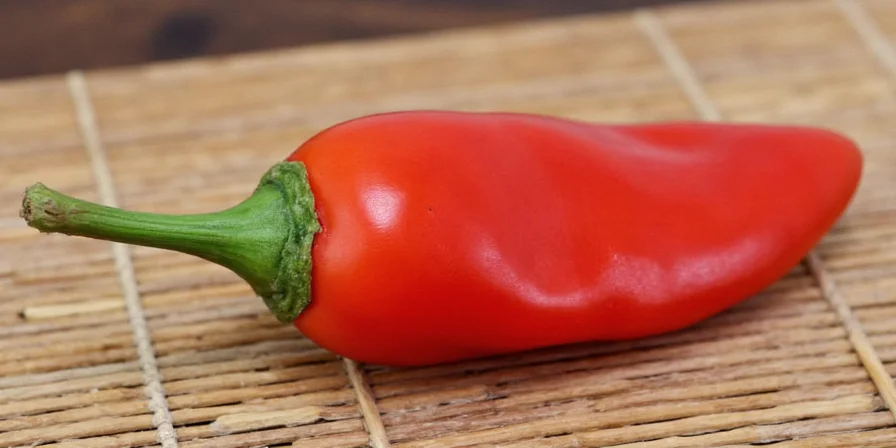









 浙公网安备
33010002000092号
浙公网安备
33010002000092号 浙B2-20120091-4
浙B2-20120091-4